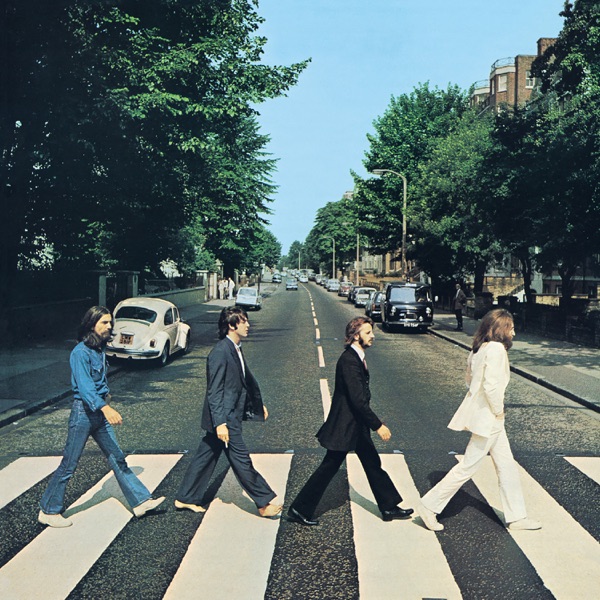"Abbey Road," The Beatles' eleventh studio album, released on September 26, 1969, stands as a monumental work in music history. It was the last album the band recorded together, and it captures the final, brilliant burst of their collective creative genius.
The 2019 Remaster
To commemorate the album's 50th anniversary in 2019, a remixed and remastered version of "Abbey Road" was released. This project was led by Giles Martin, the son of the original Beatles producer George Martin, along with mix engineer Sam Okell. They returned to the original eight-track session tapes to create new stereo, high-resolution stereo, 5.1 surround, and Dolby Atmos mixes. The goal was to make the album sound as fresh and powerful as it did on the day it was recorded.
The anniversary edition was released in several formats, from single-disc versions to a super deluxe box set that includes 23 session recordings and demos, many of which were previously unreleased. These bonus tracks offer a unique glimpse into the band's creative process, with alternate takes and studio chatter. The reception to the remaster was largely positive, with many praising the enhanced clarity and modern sound of the new mixes.
Cultural Relevance and Impact
"Abbey Road" was released at a pivotal moment, as the transformative and tumultuous 1960s drew to a close. The album's impact on popular culture was immediate and has proven to be enduring.
**The Iconic Album Cover:** The album's cover, featuring the four Beatles walking across the zebra crossing outside EMI Studios on Abbey Road, is one of the most famous and imitated images in music history. Shot in just a few minutes during a break from recording, the image has become a global phenomenon. It fueled the "Paul is dead" conspiracy theory, with fans dissecting every detail for supposed clues. The zebra crossing itself has become a major tourist destination, with fans from all over the world making the pilgrimage to recreate the iconic walk.
**Musical Innovation:** "Abbey Road" showcased The Beatles' continued musical evolution and their innovative use of recording technology. It was their first album to be recorded and released exclusively in stereo, offering a more immersive listening experience. The album is also notable for its prominent use of the Moog synthesizer, a relatively new instrument at the time. George Harrison's pioneering use of the Moog on tracks like "Here Comes the Sun" and "Because" introduced the instrument to a mainstream audience and expanded the sonic possibilities of popular music. The album's second side, a long medley of interconnected song fragments, was a groundbreaking approach to album structure that has been emulated by countless artists.
**A Swan Song:** Although "Let It Be" was the final album released by The Beatles, "Abbey Road" was the last one they recorded. This gives the album a sense of finality and poignancy. Despite the internal tensions that would lead to their breakup, the "Abbey Road" sessions were reportedly more collaborative and musically focused. The album is now widely regarded as one of the greatest albums of all time, with George Harrison's contributions, "Something" and "Here Comes the Sun," being hailed as some of the band's best work.
In essence, "Abbey Road" was a triumphant farewell from one of the most influential bands in history. It was a fitting end to a decade they had helped to define, and its influence continues to be felt in music and popular culture today.
